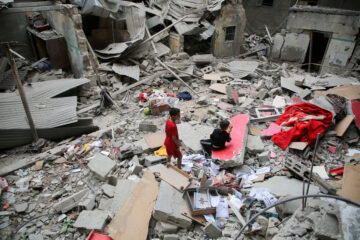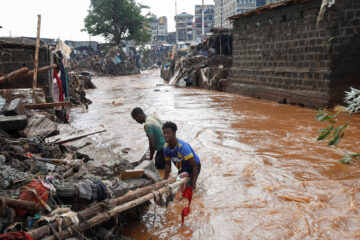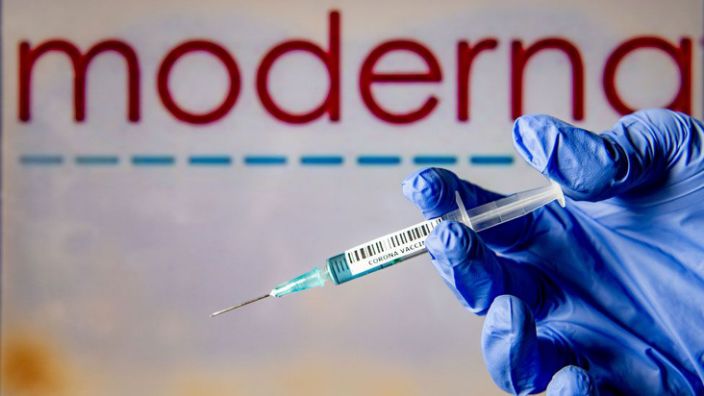AfricaAsia PacificEmailEntertainment & ArtsEuropeHightlightsMiddle EastPoliticsReadRecommendedSouth AsiaUS & CanadaWorld News
120m girls sexually abused says UN
Press Association
About 120 million girls worldwide have been forced to have sex, according to a United Nations report.
It also found a fifth of murder victims globally are under 20, resulting in 95,000 deaths in 2012.
Drawing on data from 190 countries, the report from the UN children\’s agency, UNICEF, notes that children around the world are routinely exposed to physical, sexual and emotional violence ranging from murder and forced sexual acts to bullying and abusive discipline.
The violence "cuts across boundaries of age, geography, religion, ethnicity and income brackets," UNICEF executive director Anthony Lake said.
"It occurs in places where children should be safe, their homes, schools and communities. Increasingly, it happens over the Internet, and it\’s perpetrated by family members and teachers, neighbours and strangers and other children."
UNICEF found that murder is the leading cause of death among males between the ages of 10 and 19 in several countries in Central and South America, including Panama, Venezuela, El Salvador, Brazil, and Guatemala.
Nigeria, where the Boko Haram terrorist group abducted more than 200 schoolgirls in April and threatened to marry them off, had the largest number of young murder victims, with almost 13,000 deaths in 2012, followed by Brazil with about 11,000, the study found.
Among countries in Western Europe and North America, the United States has the highest child homicide rate, it said.
Sexual violence is widespread.
According to the report, about one in 10 girls around the world under 20, an estimated 120 million, have been forced into sex acts, and one in three married adolescent girls, about 84 million, have been victims of emotional, physical or sexual violence committed by their husbands or partners.
UNICEF said the prevalence of partner violence is 70% or higher in Congo and Equatorial Guinea and approaches or exceeds 50% in Uganda, Tanzania and Zimbabwe.
In Switzerland, it said a 2009 study found 22% of girls and 8% of boys aged 15 to 17 had experienced at least one incident of sexual violence, most commonly stemming from interactions on the Internet.
The report showed the impact of violence on children has grown over the last decade and cited a number of reasons why the phenomenon remains largely ignored.
Violence against children in some countries is socially accepted, tacitly condoned or not seen as being abusive, UNICEF said.
Victims are too young or too vulnerable to report the crimes, the legal system cannot adequately respond, and child protection services are also scarce.
Susan Bissell, chief of the child protection unit at UNICEF, said "the horrific atrocities that children experience on a daily basis everywhere in the world" demonstrate the urgent need for all countries to put a spotlight on the problem.
Much of the violence against children is perpetrated by the people tasked with taking care of them.
On average, about six in 10 children worldwide, or almost 1 billion, between the ages of two and 14 are regularly subjected to physical punishment.
"We\’re not talking about a little smack on the bottom," Ms Bissell said. "We\’re talking about a blunt instrument, and repeated."
Only 39 countries worldwide protect children legally from corporal punishment, the report found. Often, the violence goes unreported.
One of the reasons for this is that violence seems normal. Nearly half of all girls worldwide, between 15 and 19, think a husband is sometimes justified in hitting or beating his wife, the report found.
According to UNICEF, slightly more than one-third of students between the ages of 13 and 15 worldwide are regularly bullied in school – and in Samoa, the proportion rises to three-quarters.
In Europe and North America, almost one-third of students aged 11 to 15 report bullying others – and in Latvia and Romania the number rose to nearly 60%.
A separate UNICEF report lays out six strategies to prevent and respond to violence against children. The steps include providing support for families and caregivers in hopes of reducing the risk of violence within the home.
Source: Press Association
[do_widget_area inner_adsbar]











